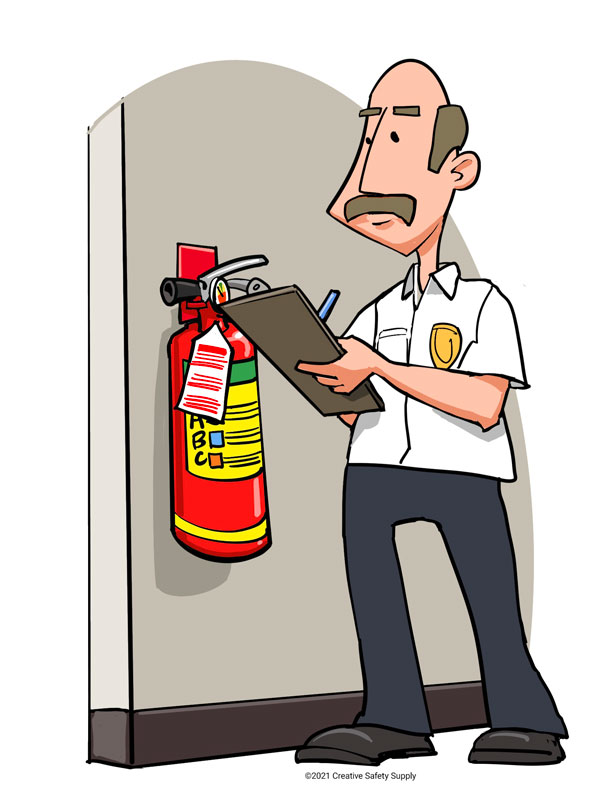
A fire safety inspection is an examination of how well a building responds to the event of a fire. It consists of a structured review of essential components, such as identification of fire hazards, compliance with fire safety codes, and the overall functioning of the fire safety program.
Essentially, a fire safety inspection is to determine the effectiveness of your fire safety program. It will focus on whether it fulfills basic requirements such as:
- The functionality of fire protective equipment, such as fire extinguishers
- Whether fire alarms are positioned on every floor of the building
- The maintenance and operation of sprinkler systems

A fire safety inspection typically consists of the following core elements:
Pre-inspection: This is the preparation phase, where the fire inspector reviews the building plans, fire records, previous inspection reports, and applicable fire codes and standards.
Inspection: This is the main phase, where the fire inspector visits the building or facility and conducts a thorough and systematic examination of its fire safety features and conditions. The fire inspector checks for the presence, functionality, and adequacy of fire protection systems, such as fire alarms, sprinklers, extinguishers, and emergency lighting.
Post-inspection: This is the follow-up phase, where the fire inspector documents the findings and recommendations of the inspection in a written report. The fire inspector also communicates the results of the inspection to the building owner or manager and provides them with a copy of the report. The fire inspector may also issue a notice of violation or a citation for any non-compliance or deficiency found during the inspection.
Fire safety inspections in the workplace are important for several reasons, such as:
Fire prevention: Fire safety inspections can help identify and eliminate fire hazards and reduce the risk of fire occurrence and spread. They help ensure that fire protection systems are working properly and can activate in the event of a fire.
Life safety: Fire safety inspections can help protect the lives of the building occupants, staff, visitors, and firefighters in the event of a fire. Fire safety inspections can ensure that the building has adequate and clear means of escape and emergency signage.
Property protection: Fire safety inspections can help protect the property and assets of the building owner and occupants from fire damage and loss. They ensure that the building has appropriate fire protection systems and equipment to control and extinguish a fire.
Code compliance: Fire safety inspections can help ensure that the building complies with the relevant fire codes, regulations, and standards that apply to its location, occupancy, use, and construction. They can also help avoid fines, penalties, or legal actions for non-compliance or violation of the fire codes, regulations, and standards.
The importance of fire safety inspections is paramount. From protecting lives and property to ensuring compliance with fire safety codes, fire safety inspections should be conducted on a regular basis.
Similar Questions
- What is fire protection?
- What fire safety equipment should I have in my facility?
- Why is fire safety education and training important?
- What should be included in a fire safety plan?
- What is a fire risk assessment?
- Who can give fire safety training?
- What are some examples of fire protection measures?
- What is a fire safety plan?
- What is an example of a fire hazard audit?

